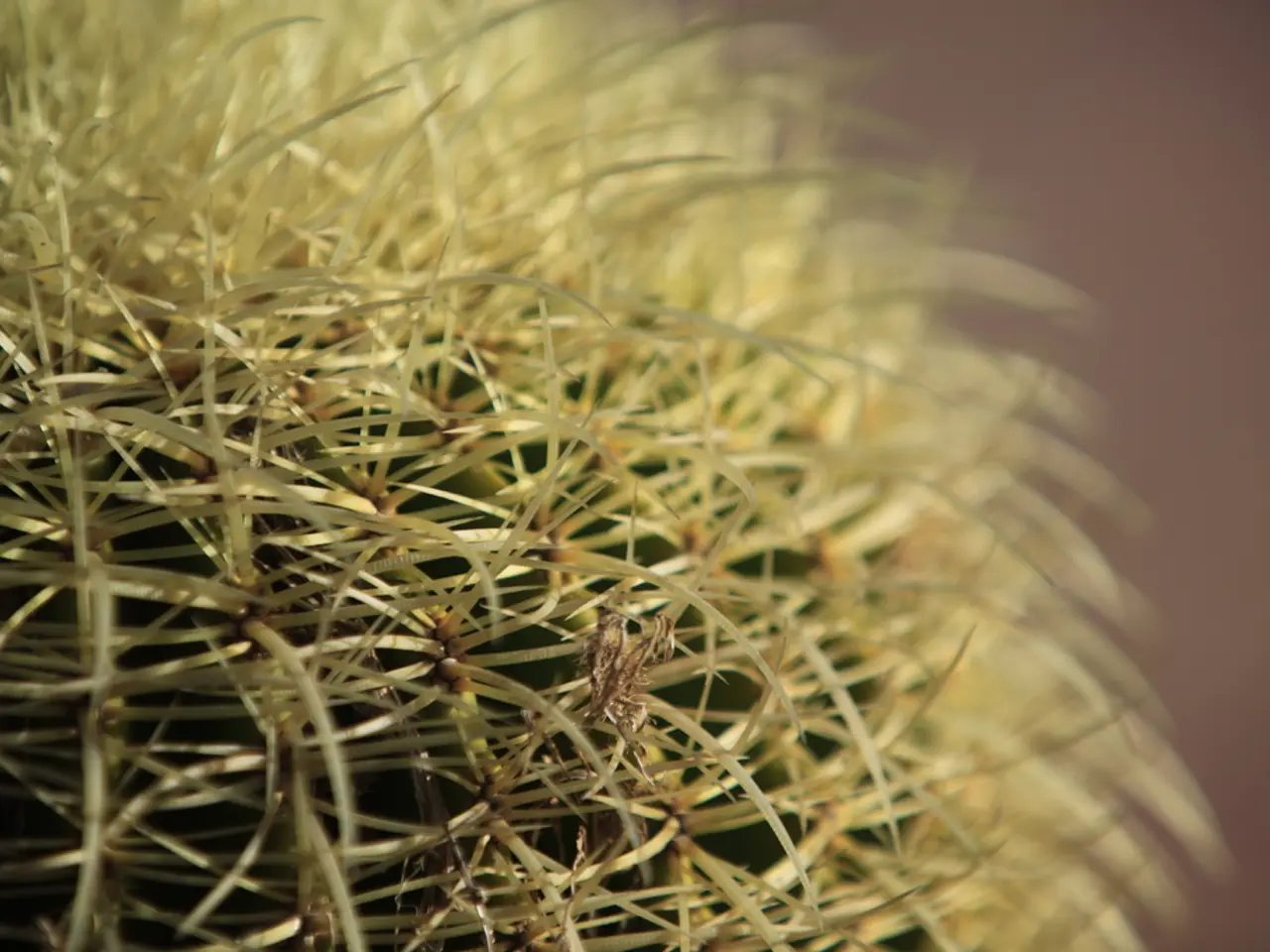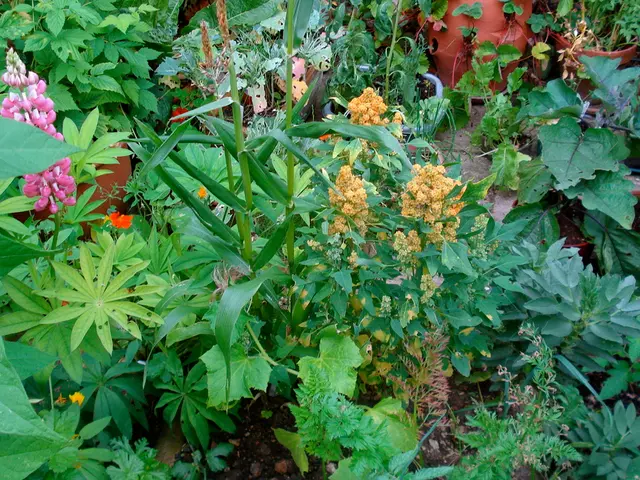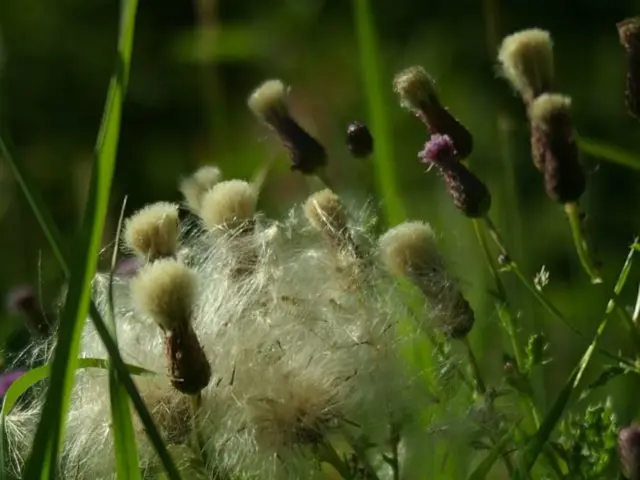Revamped Guide for Successfully Repotting Thanksgiving Cacti: Mastering the Art of Healthy Plant Care
Repotting your Thanksgiving cactus, also known as Schlumbergeratruncata, is an essential task to keep these popular indoor plants thriving. Here's a step-by-step guide on when, how, and what soil to use for repotting, as well as signs of root rot and propagation techniques.
When to Repot
The best time to repot your Thanksgiving cactus is after the blooming period ends, typically in late winter or early spring when flowers have wilted. Repotting too frequently can inhibit blooming, so every 3 to 4 years is sufficient. Additionally, if you see roots growing out of drainage holes or above the soil surface, it's time to repot.
How to Repot
Choose a new pot only 1 to 2 inches larger in diameter than the current one to avoid excess soil moisture retention. Use a pot with drainage holes, ideally a clay pot to help excess moisture evaporate and reduce root rot risk. Gently remove the plant from its current pot and loosen the roots if they are densely packed. Place the plant in fresh potting soil and water sparingly at first.
Best Soil for Repotting
Use a well-draining cactus or succulent potting mix. A popular mix is 2 parts all-purpose potting soil (or cactus soil) mixed with 1 part pumice or sand to improve drainage and aeration. Well-draining soil is crucial because Thanksgiving cacti are tropical forest cacti that do not tolerate waterlogged roots.
Signs of Root Rot
Root rot is caused by overwatering and poor drainage, leading to soggy soil and decomposing roots. Watch for mushy, brown, or black roots when you inspect the root ball. Yellowing or wilting stems and leaves, even when watered properly, and a foul or musty smell from the soil are also signs of root rot. To prevent root rot, water only when the top half of the soil feels dry, about every 2 to 3 weeks in typical indoor conditions, and ensure the pot has proper drainage.
Repotting at the correct time with well-draining soil and appropriate pot size will keep your Thanksgiving cactus healthy and encourage blooming for the holiday season. Monitoring watering carefully can prevent root rot and keep the plant thriving.
Thanksgiving cacti prefer their roots to be slightly bound and may struggle to grow if repotted too frequently. Allowing several growing seasons to pass between repotting helps established Thanksgiving cactus plants to maintain vigor. Repotting a Thanksgiving cactus can be a strenuous task due to the plant's large size and sharp spines.
Repotting is an ideal time to propagate a Thanksgiving cactus, enabling you to make new plants to share. When repotting a Thanksgiving cactus, remove excess soil from the root ball, check for dead, weak, or diseased plant matter, and use a pot with drainage holes.
The process of propagating a Thanksgiving cactus involves pinching or cutting off stem sections, allowing the raw end to form a callus, and pushing the stem into a new container with moist potting soil. Plants that are left undisturbed for an extended period may begin to suffer from damage or complete root loss. Use a specially formulated cactus potting soil when repotting a Thanksgiving cactus.
The author of the article, Tonya Barnett, is a gardener with 13 years of experience and has a YouTube channel dedicated to her backyard cut flower garden (http://www.youtube.com/@tonyawiththeflowers). Once the health of the plant's root system has started to decline, it may become much more difficult to revive stressed Thanksgiving cacti. The best time to repot a Thanksgiving cactus is in the winter, just after flowering has ceased.
Repotting your Thanksgiving cactus when flowers have wilted in late winter or early spring is key to maintaining its blooming potential. To encourage the growth of new plants, propagation techniques can be employed during the repotting process, such as cutting off stem sections for future growth.








